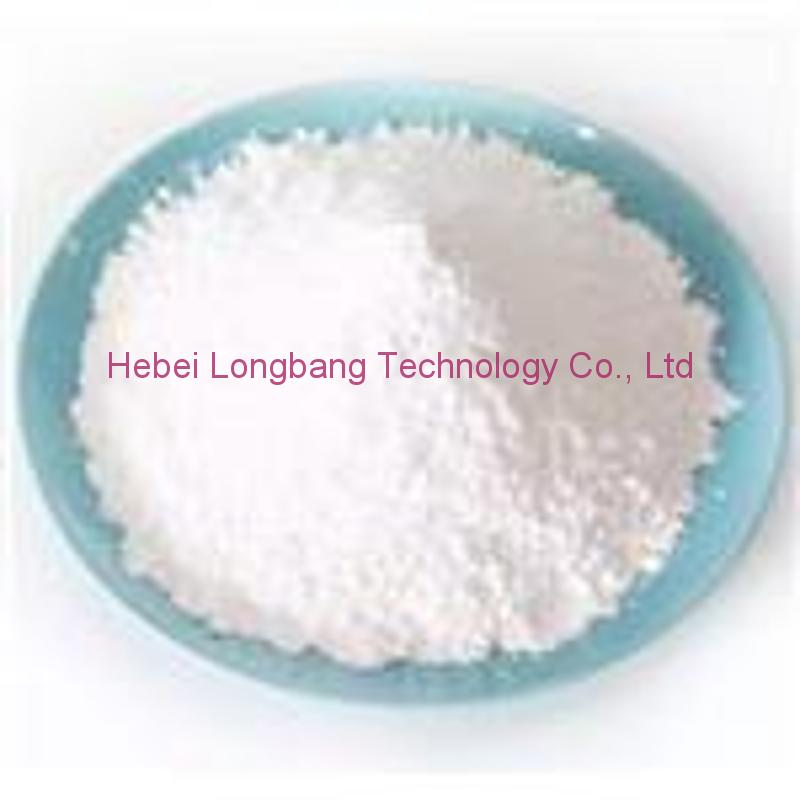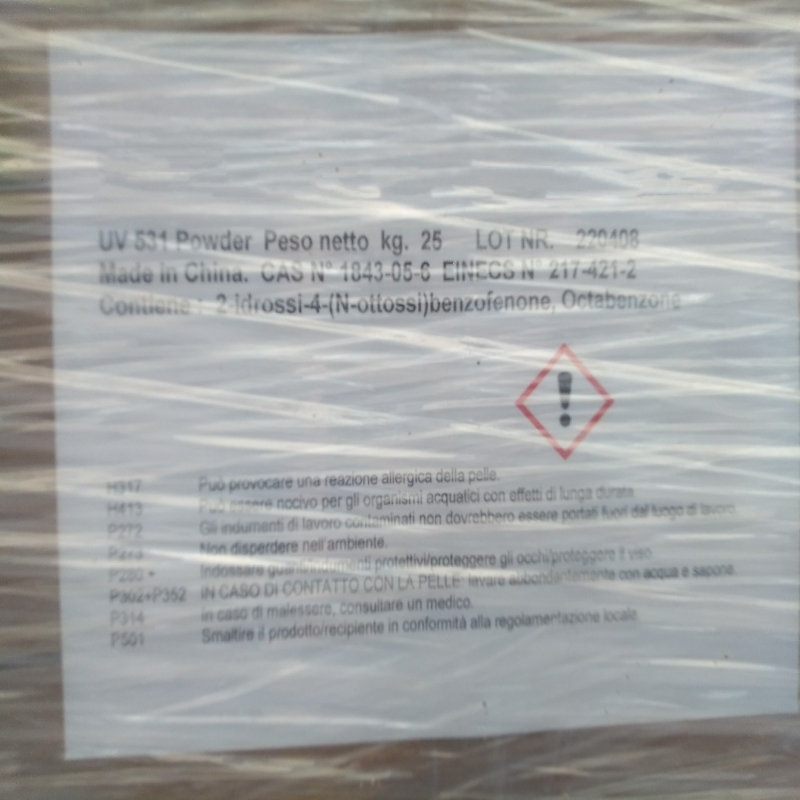-
Categories
-
Pharmaceutical Intermediates
-
Active Pharmaceutical Ingredients
-
Food Additives
- Industrial Coatings
- Agrochemicals
- Dyes and Pigments
- Surfactant
- Flavors and Fragrances
- Chemical Reagents
- Catalyst and Auxiliary
- Natural Products
- Inorganic Chemistry
-
Organic Chemistry
-
Biochemical Engineering
- Analytical Chemistry
-
Cosmetic Ingredient
- Water Treatment Chemical
-
Pharmaceutical Intermediates
Promotion
ECHEMI Mall
Wholesale
Weekly Price
Exhibition
News
-
Trade Service
The South Atlantic Submarine Cable System (SACS), which connects Africa and South America, has successfully landed at the port
of Pecem in Fortaleza, Brazil.
In December 2017, the construction of the South Atlantic submarine cable system was launched in Luanda (Angola), with a total length of 6,300 kilometers, and the required cable was transported to Brazil
by the French ship Le Lene.
According to reports, the system consists of four pairs of 100Gbps optical fibers, with a total transmission capacity of 40Tbps
.
The cables are buried in shallow water at a depth of 1.
5 meters and in the open sea at a depth of 7,000 meters to avoid possible damage
.
Project operator Angola Cable hired equipment supplier NEC to deploy the system, with Orange Marine taking care of the deep-water laying phase
of the cable.
The US$160 million submarine cable project is financed by the Japan Bank for International Cooperation (JBIC) and Sumitomo Mitsui Banking Corporation (SMBC), with financial support
from the Japan Export and Investment Insurance Corporation (NEXI) through the Angolan Cooperative Bank (BDA).
The South Atlantic submarine cable system is expected to be operational
in the third quarter of 2018.
The South Atlantic Submarine Cable System (SACS), which connects Africa and South America, has successfully landed at the port
of Pecem in Fortaleza, Brazil.
In December 2017, the construction of the South Atlantic submarine cable system was launched in Luanda (Angola), with a total length of 6,300 kilometers, and the required cable was transported to Brazil
by the French ship Le Lene.
According to reports, the system consists of four pairs of 100Gbps optical fibers, with a total transmission capacity of 40Tbps
.
The cables are buried in shallow water at a depth of 1.
5 meters and in the open sea at a depth of 7,000 meters to avoid possible damage
.
Project operator Angola Cable hired equipment supplier NEC to deploy the system, with Orange Marine taking care of the deep-water laying phase
of the cable.
The US$160 million submarine cable project is financed by the Japan Bank for International Cooperation (JBIC) and Sumitomo Mitsui Banking Corporation (SMBC), with financial support
from the Japan Export and Investment Insurance Corporation (NEXI) through the Angolan Cooperative Bank (BDA).
The South Atlantic submarine cable system is expected to be operational
in the third quarter of 2018.







